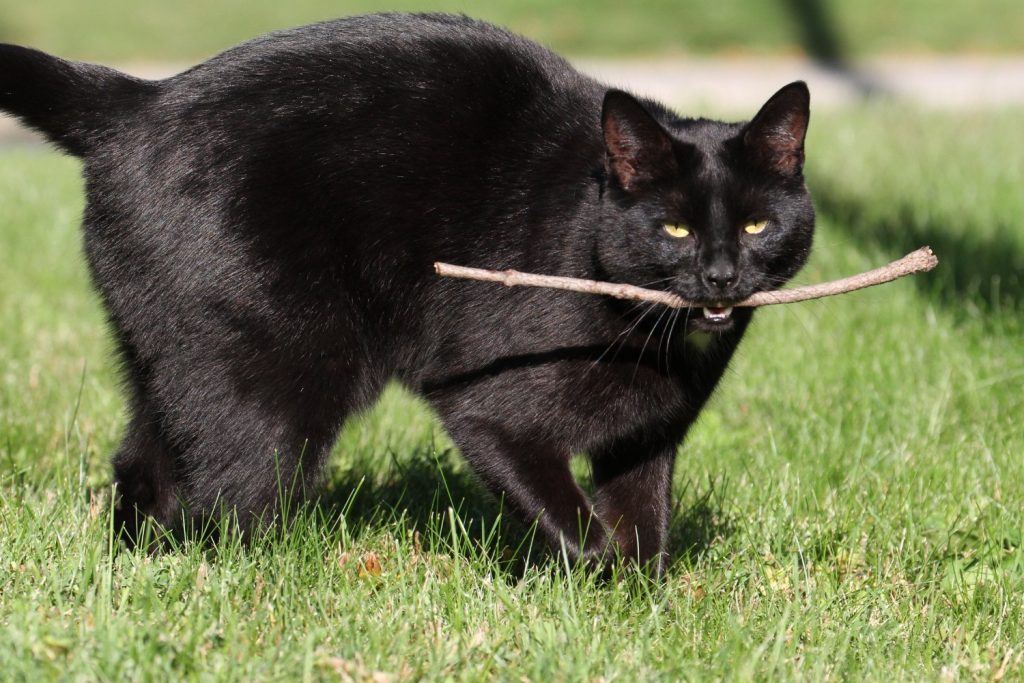Fetching isn’t just for slobbery canines, new research reveals. Surveying thousands of pet owners, scientists have found that a large minority of cats do like to play fetch at least some of the time. That said, dogs are still much more likely to go and chase after a toy or stick.
Scientists at Purdue University conducted the research, hoping to quantify our pets’ aptitude for fetching. While dogs are considered prolific fetchers, there hasn’t been much research on how common the behavior truly is in the canine world, according to the researchers. Similarly, while recent research has found that some cats will fetch to their heart’s content, it’s not clear how often this happens.
To better understand this phenomenon, the researchers analyzed data from two long-running research projects involving cat and dog owners respectively: the Fe-BARQ and C-BARQ. As part of these projects, owners are given extensive surveys that delve into their pets’ behavior, including how they like to play.
Based on data from over 8,000 cat owners, the scientists found that about 41% of cats exhibited classic fetching behavior. Some owners used the word “fetch” directly to describe their cat’s playing style in their responses, while others instead remarked that their cats like to “retrieve thrown objects or toys.” Dogs were still the champs at fetching, though. Based on responses from 78,000 dog owners, the researchers found 78% of dogs would play fetch regularly.
“The data from these two surveys reveal that fetching behavior may be more common in cats than previously estimated and provides, to our knowledge, the first estimate of fetching behavior prevalence among dogs,” the researchers wrote in their paper, published Wednesday in the journal PLOS-One.

The researchers also found plenty of similarities and differences between fetching cats and dogs. Fetching tended to be more common among both cats and dogs if they were younger, male, and/or in generally good health, for instance. But whereas fetching was associated with better overall trainability in dogs (the better trained they could be, the more likely they fetched), cats were more likely to fetch if they were generally more playful and active, as well as if they lived indoors.
Fetching was seen throughout all cat and dog breeds, but some stuck out. Burmese, Siamese, and Tonkinese cats were more common fetchers, for instance, and the researchers note that these cats originate from populations taken to and isolated to eastern Asia early on during cat domestication, suggesting that their love of fetching may be genetically influenced. Among dogs, retriever, labrador, and other breeds bred to hunt or move livestock were more likely to fetch.
The authors hypothesize that, while fetching can resemble natural hunting behaviors in both animals, it’s more likely to be connected to their love of playing. Fetching might also be one way that both cats and dogs form and reinforce the bonds they make with their humans. Either way, there’s plenty more to be learned about our furry feline and canine friends.
“We hope that the study draws more attention to fetching behavior in cats—who are often portrayed as independent or aloof! In fact, they can be very social and this is a nice example of one way they are interactive with humans,” said lead study researcher Mikel Delgado, in an interview with PLOS, publishers of the study.



